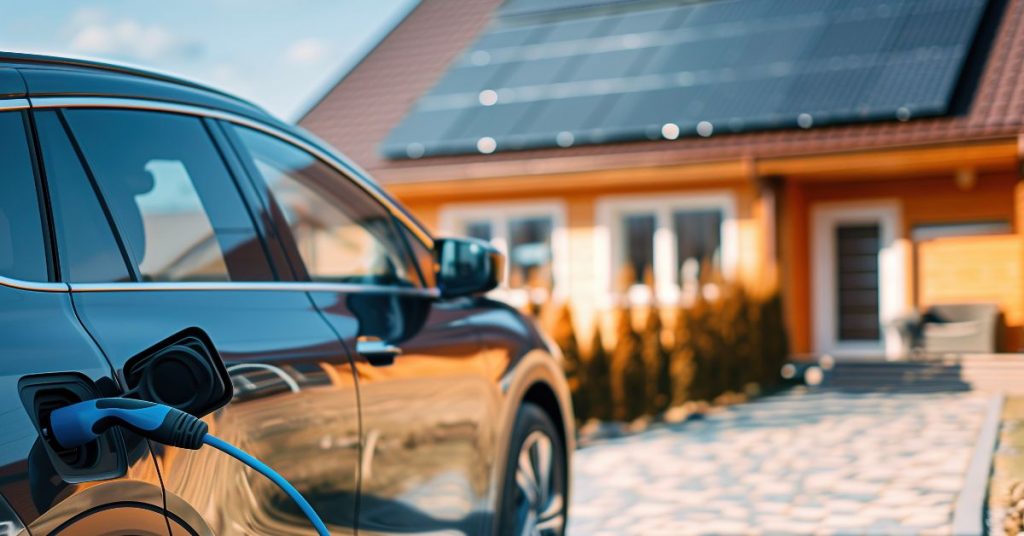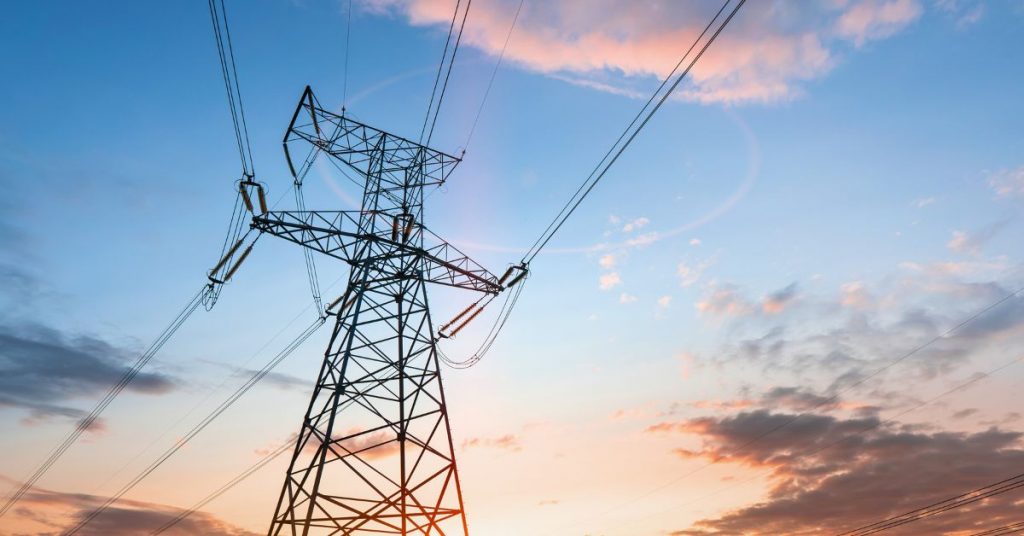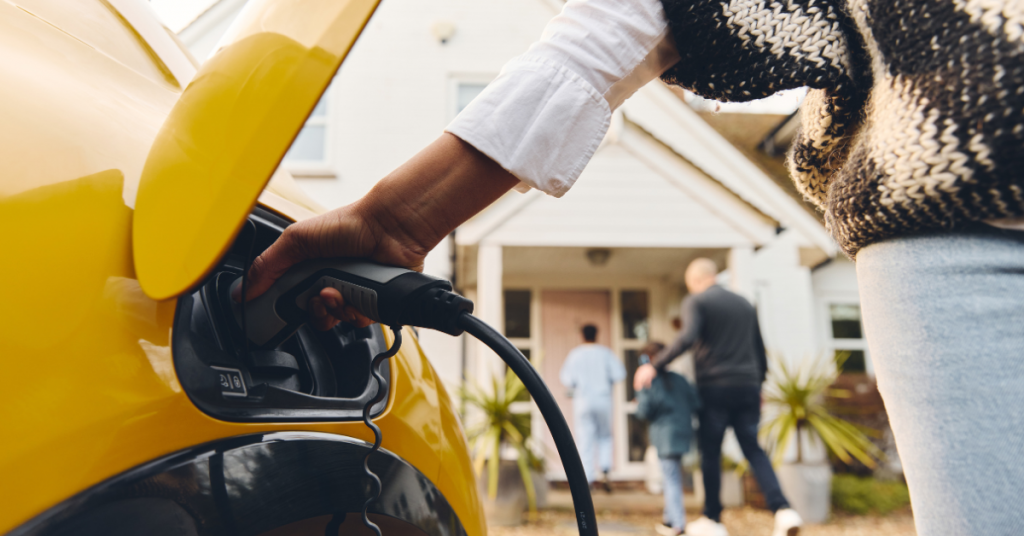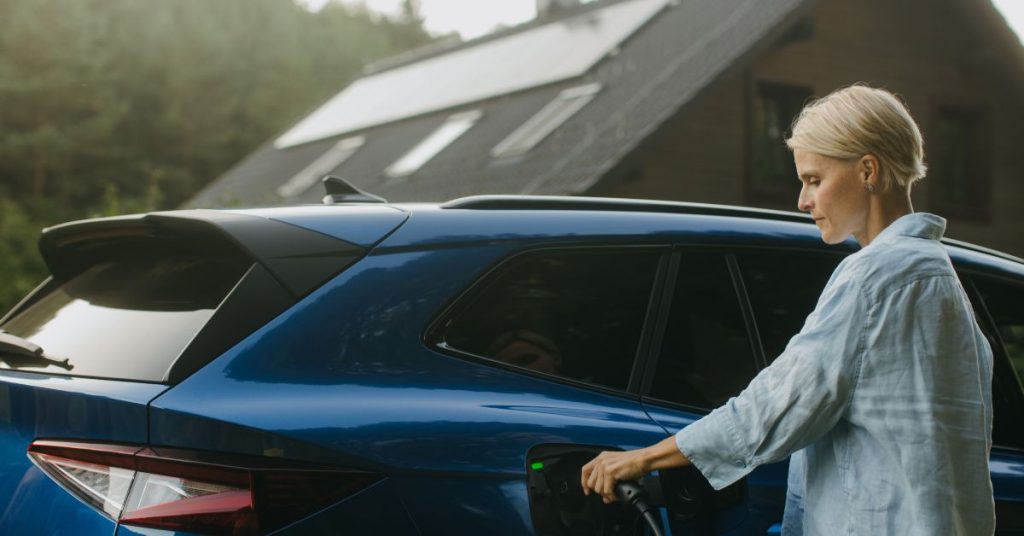
The UK’s energy landscape is facing a dual challenge – the need to replace ageing infrastructure (the Great Grid Upgrade) while increasing the share of renewable energy sources. Meanwhile, electricity demand is set to surge with the widespread adoption of electric vehicles (EVs) alongside increased demand for electric heating solutions.
Vehicle-to-Grid (V2G) technology offers a solution, not merely as an innovative EV charging feature, but as a game-changing technology capable of addressing some of the country’s most pressing energy challenges.
The grid under pressure: V2G as a vital support system
The UK’s national grid faces unprecedented pressures. While the shift towards renewable energy sources such as wind and solar power is crucial for decarbonisation, the variability in power generation inherent to these technologies can strain ageing infrastructure.
At the same time, overall demand is rising due to the increasing electrification of transport and heating, and this is likely to accelerate in the coming years. The good news is that V2G represents a powerful, flexible solution to manage these converging pressures.
Tackling grid instability
The variability of renewable energy can lead to fluctuations in grid frequency and voltage, and fossil fuel power (often from gas-fired plants) is often used to provide a rapid response to balance these out. V2G enables a fleet of connected EVs to act as a vast, distributed battery, capable of either drawing excess power from the grid or injecting power back in milliseconds, reducing the need for carbon-intensive backup generation.
Smoothing out demand
A major challenge for grid operators is managing periods of peak electricity demand, typically in the evenings when people return home and switch on appliances (or increasingly, charge their EVs). V2G transforms this potential problem into a solution, allowing EVs to be programmed to charge during off-peak hours when electricity is cheaper and demand is lower (and often when renewable generation is high), and then discharge a portion of their stored energy back to the grid during peak hours.
V2G: a strategic enabler for net-zero
The UK has a legally binding target to achieve net-zero greenhouse gas emissions by 2050, with an interim goal to decarbonise the power sector by 2035. V2G technology is a strategically significant enabler in achieving these ambitious targets.
Maximising the utilisation of renewable energy
A common challenge with renewable energy is curtailment. This happens when wind turbines are stopped or solar output is reduced because generation exceeds demand, and there’s nowhere for the excess energy to go. V2G allows networks of EVs across the UK to act as a reservoir for this surplus clean energy. The stored energy can then be deployed back to the grid when generation dips or demand rises, ensuring that more of our green energy is used effectively rather than being wasted due to a lack of usable storage.
Decarbonising transport and energy simultaneously
The transition to EVs is a key element in decarbonising the transport sector, which remains a significant contributor to UK emissions. V2G technology contributes to both the decarbonisation of transport and of the energy sector. As millions of EVs connect to the grid, V2G ensures that the increased electrical load is managed intelligently, supporting rather than straining the transition to a cleaner energy system, and reducing the need for fossil fuel-powered generation to power the growing EV fleet on UK roads.
Enhanced energy resilience and security
The combined battery capacity of a large EV fleet is essentially a strategic energy reserve, contributing to national energy security, as a decentralised network like this is naturally more secure. In the event of localised power outages or disruptions to power plants, V2G systems could potentially provide backup power or support critical infrastructure. Recent geopolitical events affecting global energy supplies and pricing have made the need for energy independence and resilience even more pressing.

The urgency to act now
As of early 2025, over 1.5 million fully electric cars are registered in the UK, with the market share for new registrations consistently growing. The need to deploy V2G is therefore an urgent one, as integrating V2G capabilities into the charging infrastructure and vehicle fleet at it’s current size, and keeping pace as it grows is a far more realistic and cost-effective proposition than attempting large-scale retrofitting at a later stage.
Achieving the UK’s 2030 emissions reduction target and the 2035 net-zero power sector goal requires rapid deployment of all available solutions, and V2G stands out as a relatively easily deployable technology that will make a tangible difference in the short to medium term.
There’s also the security aspect to consider. Recent geopolitical events have underlined the economic risks of relying on volatile global energy markets. By optimising our national energy resources, including the distributed storage in EVs, V2G can contribute to greater UK energy independence and help manage consumer energy costs as a welcome byproduct.
Humax: committed to a V2G-powered future
At Humax, we recognise these strategic imperatives. We are not just developing EV chargers; we are engineering the intelligent infrastructure that will underpin a V2G-enabled future.
Our commitment is to provide smart, reliable, and V2G-ready charging solutions that empower EV owners and fleet operators to become active participants in this energy revolution, contributing to a more stable, sustainable, and affordable energy system for all.
If you’re looking to get started with V2G charging, speak to Humax today to discover the best option for your specific vehicle, home and usage patterns. Start your V2G journey by dropping us a line at sales@humaxcharging.com or use this form to send your inquiry.


